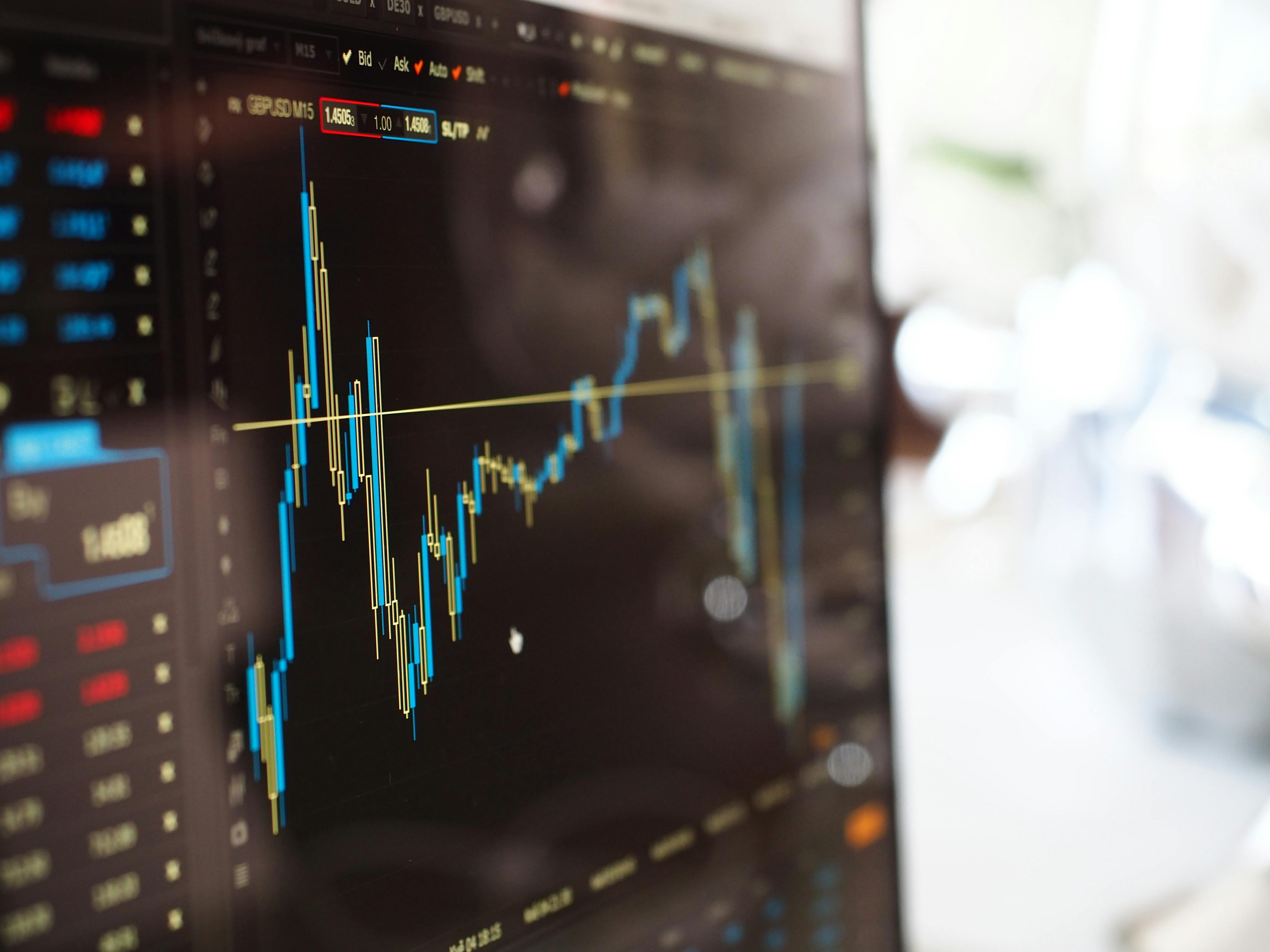
A massive mall retailer is now at high risk of liquidating after stating the possibility if its Chapter 11 bankruptcy did not proceed quickly.
Express closed a total of 95 of its retail locations when it filed for Chapter 11 bankruptcy protection.
However the mall retailer also shared that liquidation would likely occur if the bankruptcy did not proceed quickly.
The company has named the WHP, Simon, and Brookfield group as its preferred buyer, but a second liquidation bid has been placed.
“Hilco Merchant Resources LLC and Gordon Brothers Retail Partners LLC submitted a competing liquidation bid of about $261 million last week.
Hilco and Gordon Brothers didn’t request a breakup fee or expense reimbursement, ReStore said,” according to Bloomberg.
The chain initially filed for Chapter 11 bankruptcy with a clear plan to sell itself to a consortium led by WHP Global (“WHP”), which also includes two of its landlords Simon Property Group and Brookfield Properties.
Simon and Brookfield have partnered with a number of struggling retailers to help keep them afloat in order to keep them as tenants in their malls.
“To facilitate the sale process, Express and its subsidiaries have filed voluntary Chapter 11 petitions in the U.S. Bankruptcy Court for the District of Delaware.
Express has received a commitment for $35 million in new financing from certain of its existing lenders, subject to court approval.
Additionally, on April 15, 2024, the Company received $49 million in cash from the Internal Revenue Service related to the CARES Act,” the retail chain shared in a press release.
The chain has continued to operate normally in its stores and online across its Express, Bonobos and UpWest brands.
For more bankruptcy news and updates like this, opt-in for push notifications.
Also Read: Another Mall Clothing Retailer Now At High Risk of Bankruptcy
Other Economy News Today

An essential company now files a surprising bankruptcy after miscalculating demand for its inventory after the Covid-19 pandemic.
Supply Source Enterprises, a leading provider of branded and private label cleaning products and personal protective equipment, on May 21 filed for Chapter 11 protection to seek a sale of its assets.
Supply Source brands include The Safety Zone and Impact Products.
The Guilford, Connecticut debtor listed $50 million to $100 million in assets in its petition and $180 million in funded debt, which includes $80 million owed on a term loan credit facility, $60 million owed on an asset-based loan, and about $40 million in unsecured debt.
Before the Covid-19 pandemic, which generated huge demand for cleaning supplies and personal protective equipment in 2020, Supply Source had been consistently profitable with stable single-digit growth, according to a declaration from the debtor’s Chief Restructuring Officer Thomas Studebaker.
Once the pandemic hit in 2020, the debtor had substantial growth due to high demand for safety, hygiene and sanitation products
The debtor reported adjusted Ebitda of $93 million in 2020 which was nearly a 300% increase over the previous year.
However, the company’s financial performance deteriorated in subsequent years.
Based on the unprecedented demand in 2020, the company commissioned an industry study in early 2021 that concluded that the Covid-19 pandemic would fundamentally change the cleaning supplies and protective equipment industry and market for its products.
The study also estimated that the company’s Covid-related growth would likely be sustained through 2024.
In contemplation of continued customer demand at elevated prices, based on the study’s data, the debtor increased purchases of inventory even though the costs were higher due to supply chain constraints during the pandemic.
Despite the study’s assurance that growth would be sustained for years, the pandemic’s positive effect on the market faded by the end of 2021 and demand for PPE decreased to normal rates, reports TheStreet.
The reduction in demand led to large amounts of excess inventory that the company could not sell in the same quantities and prices.
The excess inventory forced the debtor to secure additional storage space, which increased storage costs.
These factors tightened the company’s liquidity and led to a decline in annual revenue in 2023 by 26% from 2022, resulting in a negative 2023 Ebitda of $13 million.
The debtor’s liquidity issues led to it being overdrawn on its asset-based loan facility by $30 million.
The ABL lender in February 2024 swept the debtor’s bank accounts, further impacting the company’s financial distress.
For more news and updates like this, opt-in for push notifications.
Also Read: This Massive Mall Retailer Is Now Closing In California
Market News Published Daily 📰

Don’t forget to opt-in for push notifications so you don’t miss a single article!
Also, thank you to all of our blog sponsors.
This year we’ve been able to increase push notifications slots making it more convenient than ever for new readers to receive their daily market news and updates.
Scroll below to view my stock purchases this month!
You can also follow me on X (Twitter), Instagram, Facebook, or LinkedIn for daily news and updates on your favorite stories.

Frank Nez’s Stock Portfolio
Wondering which stocks Frank Nez is holding? Which stocks is Frank Nez buying?
Frank Nez is now sharing his exclusive and personal stock portfolio with readers, only on the Patreon.
11/16/2023 – Today I invested $1,000 in two different stocks for a brand new stock dividend portfolio I am creating for 2024.






















Leave your thoughts below.
For more news and updates like this, opt-in for push notifications.